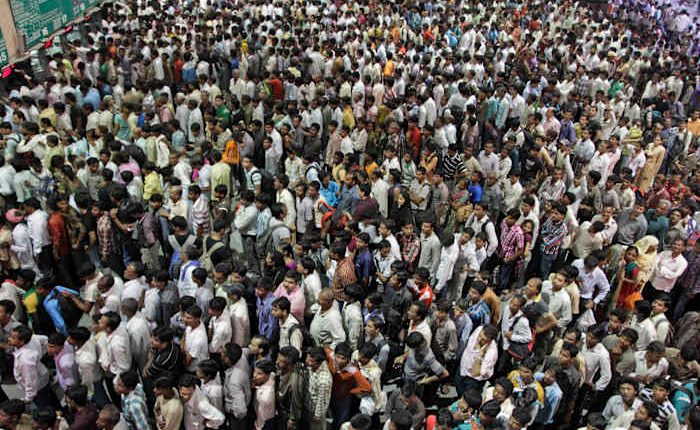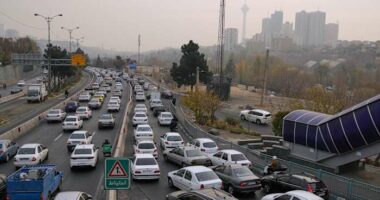Share this @internewscast.com

NEW DELHI – Next year, India is set to embark on a monumental task of counting its extensive population. This will mark the first census in 16 years, conducted digitally, featuring questions on caste for the first time since India’s independence.
The Home Ministry announced plans to conduct a two-stage count ending March 1, 2027 in a statement Wednesday night.
In 2011, India’s official census reported a population of 1.21 billion. Current estimates suggest the population surpasses 1.4 billion, positioning India as the world’s most populous nation, according to the U.N.’s Department of Economic and Social Affairs.
The once-in-a-decade population survey was originally due in 2021 but was delayed by the COVID-19 pandemic and logistical hurdles.
Here’s a look at what goes into India’s census and why it matters.
The census shapes welfare policies and representation
The official count of the country’s people is used to allocate many of India’s welfare programs and other policies.
This census could also lead to significant political shifts in India, as the addition of seats to the lower house of Parliament and state legislatures would accommodate the growing population.
Under the 2023 Women’s Reservation Bill, a third of those seats will be set aside for women.
A massive count
The Indian census is said to be the largest peacetime mobilization in the world.
Almost 2.7 million people were hired to implement the 2011 census, visiting more than 240 million households.
The Home Ministry said the new census will be carried out in two phases and conclude by March 1, 2027. The government will spell out the details and schedule of the exercise later this month.
They’ll collect information about houses and their occupants, such as sex, age, marital status, religion, mother tongue, language, literacy and economic activity — as well as caste.
New questions about caste are controversial
The next census will be the first to consider the caste status of most Indians.
Caste is an ancient system of social hierarchy in India and is critical to Indian life and politics. There are hundreds of caste groups based on occupation and economic status across India, particularly among Hindus, but the country has limited, or outdated data on how many people belong to them.
Since independent India’s first census in 1951, it counted only Dalits and Adivasis, members of marginalized groups known as scheduled castes and tribes.
But India also has quotas that reserve government jobs, college admissions and elected offices for a swathe of lower and intermediate castes that are recognized as Other Backward Classes. India’s current policy caps quotas at 50%, with 27% reserved for OBCs. A count of these groups will likely lead to calls to raise the quotas.
Successive Indian governments have resisted updating caste data, arguing that it could lead to social unrest.
The announcement on the census comes months ahead of a crucial election in India’s poorest state of Bihar, where caste is a key issue. Prime Minister Narendra Modi’s party runs a coalition government in Bihar.
Copyright 2025 The Associated Press. All rights reserved. This material may not be published, broadcast, rewritten or redistributed without permission.













